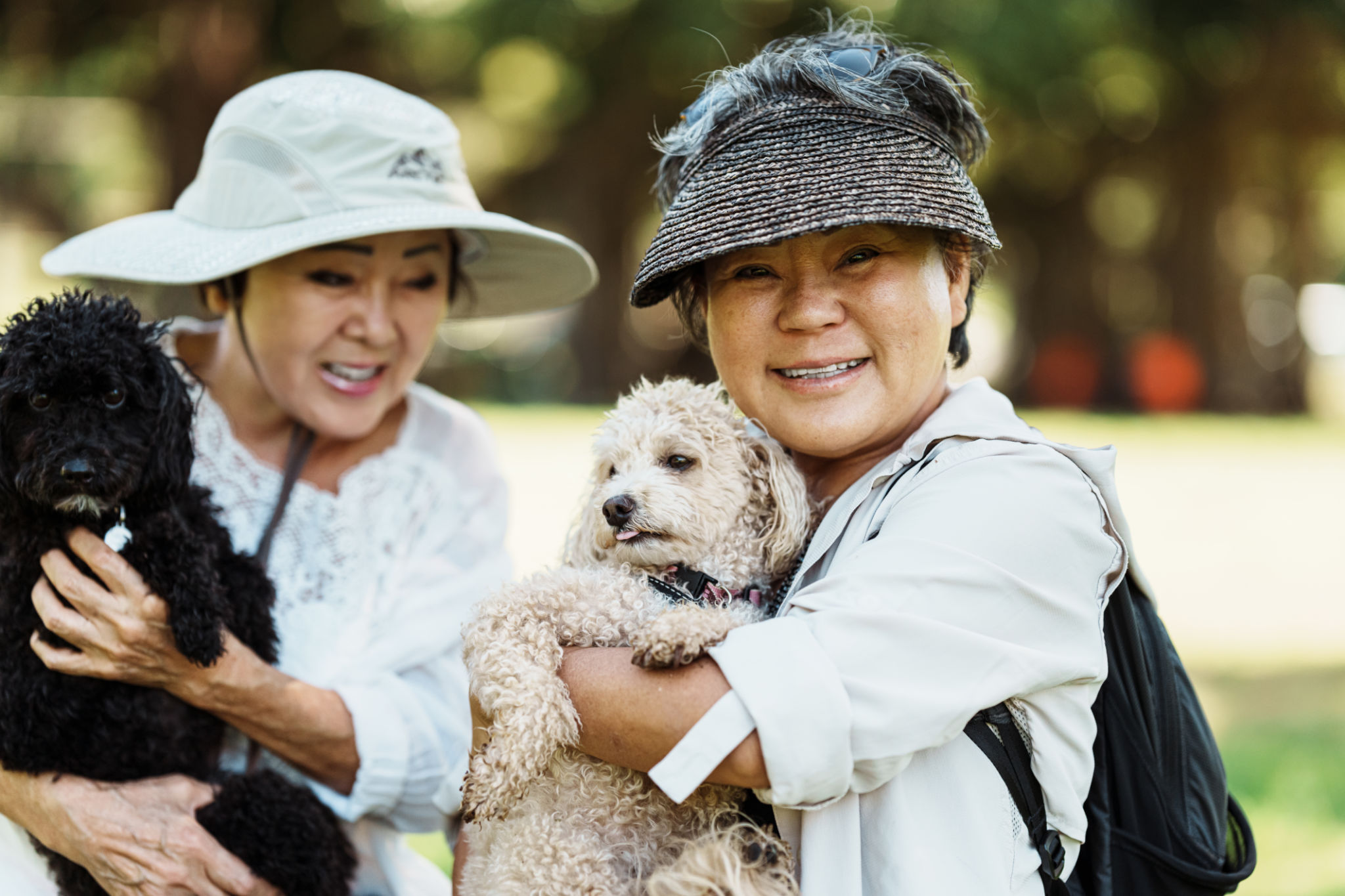How to Train a Service Dog: Essential Steps and Tips
PA
Understanding Service Dogs
Service dogs are specially trained to assist individuals with disabilities, providing them with greater independence and improving their quality of life. These dogs perform a variety of tasks, from guiding the visually impaired to alerting individuals with hearing loss. Training a service dog is a significant commitment but can be incredibly rewarding.
Before starting the training process, it's crucial to understand the specific needs that the service dog will address. This understanding will guide the training methods and ensure that the dog is equipped to provide the necessary assistance.

Selecting the Right Dog
Not every dog is suited for service work. Choosing the right dog involves considering factors like temperament, breed, and size. Breeds commonly used as service dogs include Labrador Retrievers, Golden Retrievers, and German Shepherds due to their intelligence and willingness to learn.
It’s important to evaluate the dog's temperament and health before beginning training. A calm, friendly demeanor and a clean bill of health are essential for a successful service dog.
Basic Training Techniques
Start with basic obedience training to lay a strong foundation. Commands such as sit, stay, come, and heel are essential for any service dog. Consistency is key, so ensure that everyone involved in the training uses the same commands and methods.
Use positive reinforcement techniques, like treats and praise, to encourage desired behaviors. This approach helps build trust and strengthens the bond between the trainer and the dog.

Advanced Training for Specific Tasks
Once basic obedience is mastered, move on to advanced training tailored to the specific needs of the individual. This could involve teaching a dog to retrieve objects, open doors, or provide balance support. Break tasks into small steps and practice regularly to ensure the dog understands each component thoroughly.
Patience is crucial during this phase. Some tasks may take weeks or even months for a dog to master completely.
Socialization and Public Access Training
Service dogs must be comfortable and well-behaved in various environments. Socialization involves exposing the dog to different people, places, and situations to build confidence and adaptability. Public access training ensures that the dog can remain focused and well-behaved in public settings.

During public access training, practice scenarios that the dog might encounter while working. This helps prepare them for real-life situations where they need to perform their duties effectively.
Certification and Ongoing Training
Once the service dog is trained, certification may be required depending on regional laws and regulations. Certification can provide peace of mind by affirming that the dog meets specific standards.
Training doesn’t stop after certification. Regular practice sessions are vital to keep the dog's skills sharp. Continuous training also allows for any new tasks or adjustments needed as the individual’s needs evolve.
Conclusion
Training a service dog is a demanding yet immensely rewarding journey. By following these essential steps and tips, you can ensure that your service dog is well-prepared to assist and enhance the life of their handler. Remember, patience, consistency, and positive reinforcement are key components of successful service dog training.
